A journey to Palakkad Agraharams to taste some vegetarian dishes
Decoction coffee is the heart of Agraharams or home clusters of Palakkad. Strength of Tamil and sweetness of Malayalam combine to give a new taste. In tastes, languages and way of life and costumes, Palakkad Agraharam is the blend of two flavours and two cultures – Kerala and Tamil Nadu. At every courtyard of Kalpathy Agraharam, beautiful kolams are drawn using rice flour. Also read about the famous Kalpathy Ratholsavam.
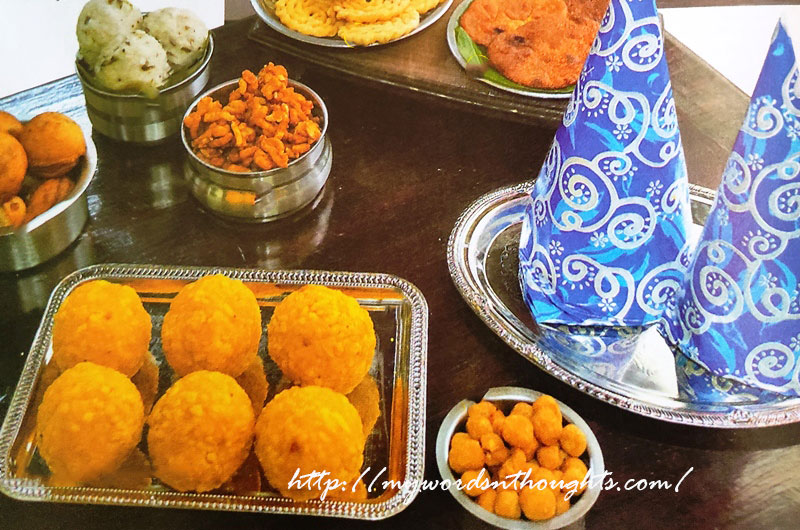
Kalpathy Agraharam still holds the flavours of glorious past, and certain traditions are still followed. Through this column, let us taste some of the traditional Brahmin dishes prepared here. Many of such snacks and sweets are associated with seasonal festivals. Mohanam, Karikalan, Vendakka Puli, Potato Podimas, Veppilakatti, Green chilli pickle, Morappam, Ammini Kozhukatta, Usili Kozhukatta, Poorna Kozhukatta, Neyyappam, Ada, Maladu, Palakkad Arikondattam – the list of trademark Brahmin dishes is so long.
Chariot journey of tastes through the streets of Palakkad Agraharams
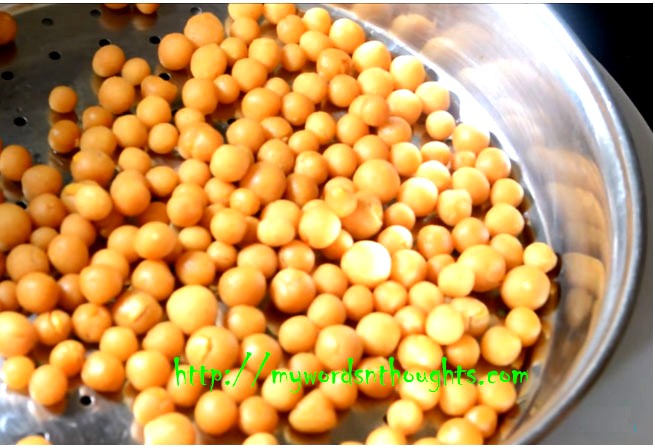
Cheeda – Evening snack
There are a food habits in Agraharams. Time is very important. Their mornings start with filter coffee. But they don’t have idli or dosa as breakfast. They eat lunch early. At around 10.30 am, dishes will be filled in banana leaf. At 3 pm, they have evening coffee with snacks like Uzhunnada, Verumarissi Ada etc. At night elders prefer upma or seva, while kids eat rice. This is the common time for meals.
During early days, their days begin with ‘Vellachoru’, commonly known as Pazhankanji among Malayalis. The leftover rice of previous night is kept in earthen or metal pots and water is poured into it. Next day early morning, water is removed and served with Kadumanga (mango) pickle, Mulakoottal or thokayal (chutney). They add less quantity of chilli to dishes. Yet they never compromise with sweetness and sour.
Common snacks and sweets for functions
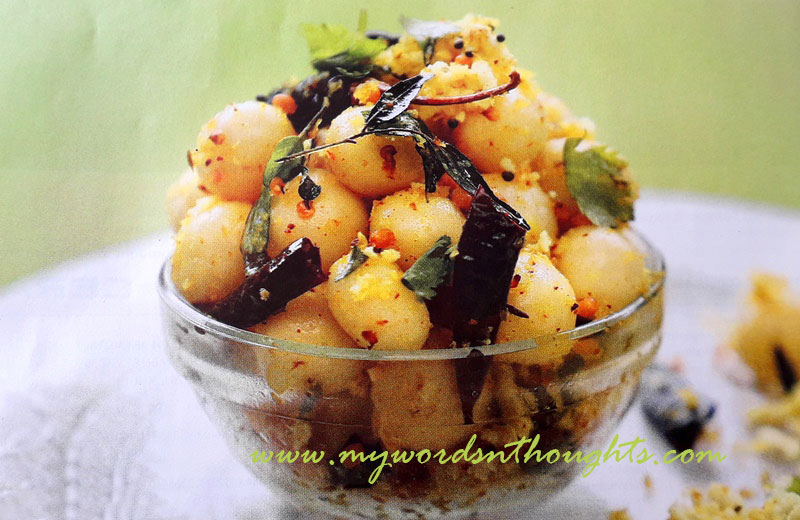
Ammini Kozhukkatta – Evening snack
They fill small boondi like ladoos in cone shaped containers. When the content is fixed, they remove the container to get a cone shape. Then it is wrapped with colourful papers. Its name is Kutti. During wedding and housewarming ceremonies, near Thamboolam (plate) two ‘kuttis’ will be placed, one is small and second one is large. Athirasam and Manoharam are placed near to it. When Neyyappam is flattened and stretched, it becomes athirasam. Unakkalari (parboiled rice) flour, dry ginger powder and cumin powder are added to jaggery solution to prepare the batter. Then it is deep dried in coconut oil. This is Athirasam.
Manoharam is crispy. Rice flour and gram flour are mixed and squeezed through sevanazhi. Then they are deep fried in hot oil, and dipped in jaggery solution. Cheeda and Murukk are other common snacks, enough to check the strength of teeth.
Inviting for wedding ceremony also follow certain customs. Husband carries Akshada (rice mixed with turmeric powder and taken in a small pot) and wife carries vermilion. Family head takes a pinch of rice from the pot carried by husband. As per belief it’s a form of blessing given to bride or groom by placing hand on forehead. Vermilion is placed on the forehead of the female head member of the family.
The place for Kondattams
Though stories of Agraharams may be different, kondattam and pickles are prepared in every home, and they form staple dishes of Brahmin cuisine. Chillies or certain types of vegetables are preserved for long days by adding salt and drying under direct sun, and later fried in hot oil for use. They prepare kondattams using rice, chillies, lotus stem, bitter gourd, long beans, tapioca, okra etc. During the scarce month of Karkidakam when many common vegetables are not available, people of older generations survived on kondattams. But now things have changed a lot, yet certain habits have not gone.
Palakkad is the hottest district of Kerala, and summer hot season is not good for preparing Kondattam, especially rice kondattam. November-February season is best for the preparation of condiments. During Kalpathy Ratholsavam season wind blows because of movement of chariot (Ther Kaattu). As per beliefs Kondattam tastes best when prepared during this season. It reveals the secret why Palakkadan Kondattams never get the exact taste, if prepared in any other part of the world.
Rasavaanki, Karikalan and recipes of a few dishes
Names of some Palakkadan dishes look interesting. Though names such as Rasavanki, Karikaalan, Vathakuzhambu and Mulakoottal look similar to ‘quotation’ names, they are good entertainers like item dancers. All these rice dishes taste best with rice. Here are the secret recipes.
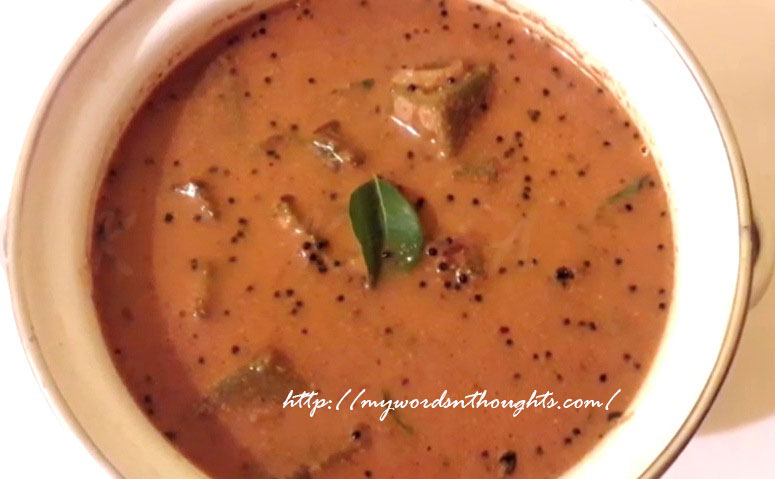
Vendakka Puli
Mulakoottal – It’s sibling of Sambar, and tastes similar to it. Best side dish of dosa and rice, it’s not so sour as sambar. It’s the main difference. Cook sambar dal first. Cook ash gourd, cluster beans, carrot, yam and raw banana adding turmeric powder. Grind ½ coconut, a pinch of cumin seeds and one red chilli and add this paste to cooked vegetables. Add cooked dal to it and mix the contents. Temper mustard, black gram dal and curry leaves in coconut oil and add to curry.
Karikaalan – When you make some modifications to Mulakoottal, it turns to Karikaalan. Delete sambar dal and coconut from the recipe. Instead cook green gram dal. Instead of coconut, grind 1 spoon pepper and add to curry. Delete mustard, black gram dal too and pour coconut oil directly without heating and a few curry leaves.
Vendakka Puli – Take 4 okras and 2 green chillies, and chop fine. Then fry them in hot oil. Add mustard, fenugreek and red chillies to the remaining oil. Add juice extracted from lemon sized tamarind and boil it. When the contents thicken, add a small piece of jaggery and fried okras.
Potato Podimaas – Boil potatoes and remove skin. Then smash it well and add salt. Fry black gram dal, Bengal gram and mustard in coconut oil and add to smashed potato. Squeeze juice from half lemon and decorate with coriander leaves and curry leaves.
Rasams, different types of Upperi and Thoran, curd, mango pickle etc are common side dishes. As meals are eaten before 11 am, you will not feel hungry in the afternoon.
History of Koduntharapilli Agraharams is dated back to 500 years
Some scenes of Kamal’s Perumazhakalan were shot here. Roads are not tarred. Water filled on roads act as mirrors for houses on either side of it. Wells are common. Some homes have been renovated, yet it holds reminiscences of past. History of Koduntharapilli is dated back to 500 years.
Ancestors reached here from Anpil 500 years ago, and settled on the banks of Kannadipuzha river. Adikesava Perumal temple and Ayyappa temple are located here. Koduntharapilli doesn’t own Ratholsavam. Navaratri festival is famous.
Kumarapuram is near to Koduntharapilli. Brahmins from Nellur, Kadappa and Thirupathi of Andhra Pradesh have settled here. There are around 18 agraharams close to Kalpathi. Brahmins reached here from Mayapuram, Thanjavur, Kumbakonam etc. Each Agraharam has at least one temple. Similarly each agraharam has at least one chariot.
Some houses are 300-years old. They are narrow houses with length. Frontage is very small and houses share common walls. Front portion is called Kolaya, followed by Nezhi, Kudam where pooja is conducted, thevaram, and inner courtyard close to it, followed by Vibhootikotta, Chandanakallu and Kitchen. Planning and construction of each home remain almost the same.
Recipes for a few evening snacks of Palakkad Agraharams
Uzhunnada – It’s nothing related to normal ada. Not a sweet dish too. Take 1.5 glass each of pigeon pea, black gram and Bengal gram. Add 2 cups of parboiled rice (puzhukkalari) to it, and soak all the ingredients together adding sufficient water. Later prepare batter grinding all these ingredients together. Also add red chillies, green chillies and curry leaves while grinding. Add salt and a pinch of asafoetida powder and mix ingredients together. Batter should be of thick consistency. Prepare small pancakes using this batter. Batter should be poured thick on dosa pan. Add a lot of sesame oil. Serve with Veppilakatti.
Veppilakatti – This vepilla is not curry leaves. Pluck a few leaves of big lemon, wash them and dry under direct sun. Crush these dry leaves along with tamarind, asafoetida, rock salt, red chillies and curry leaves. Make small balls. Put them in butter milk while serving.
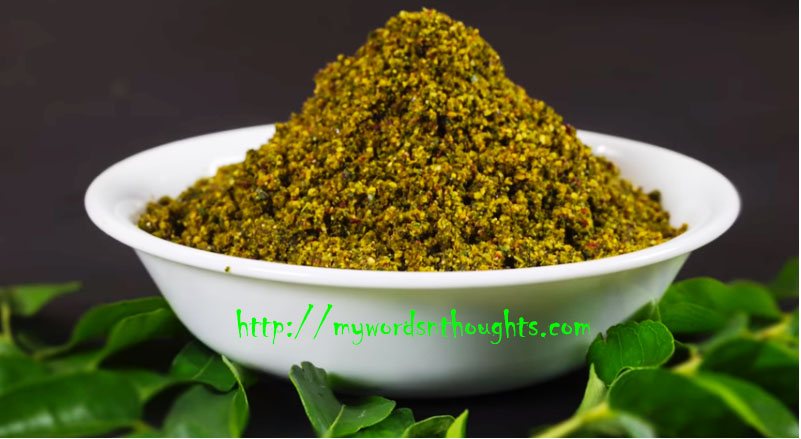
Morappam – It has no connection with buttermilk, though its name suggests so. Add rice flour to idli batter and mix it well. Also add finely chopped ginger, green chillies, cilantro and curry leaves. Scrap coconut and add to it, and finally tempered mustard seeds. Place Unniyappam maker (paniyaram pan) in flame and add sesame oil or refined oil. Pour batter little by little into the holes till it is 3/4th filled. When one side is cooked, flip once and cook other side too, similar to Unniyappam.


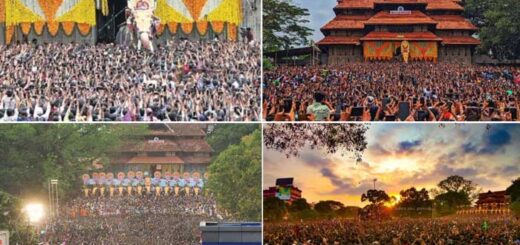
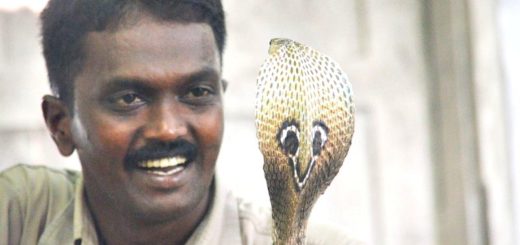








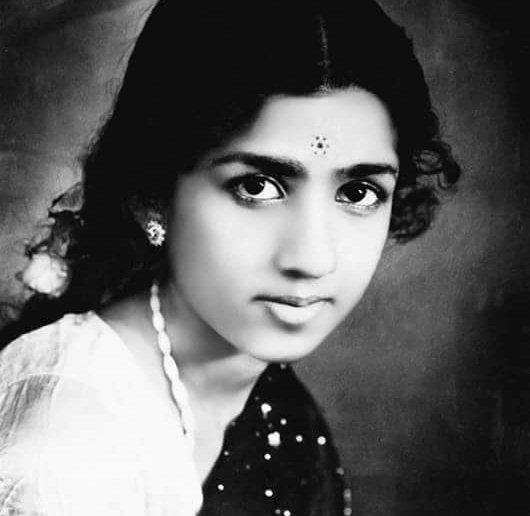
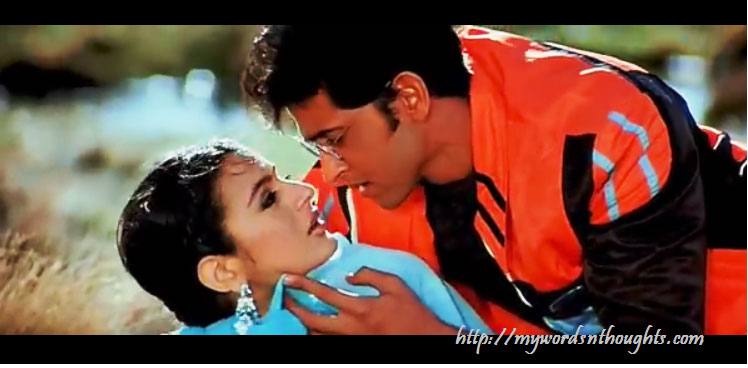
Recent Comments